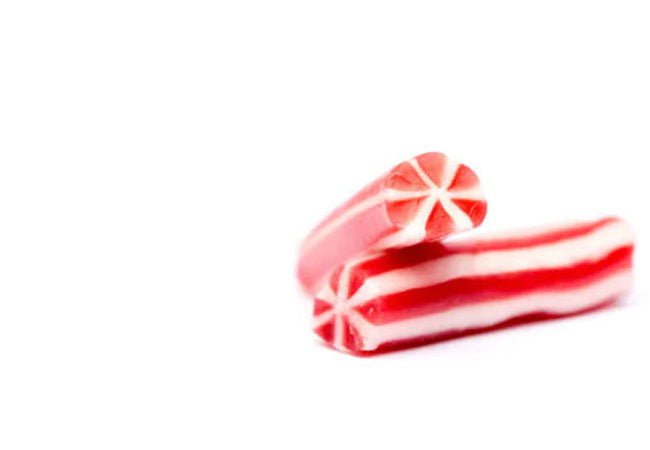About High-Fructose Corn Syrup (HFCS)
Whether it is good or bad for one's health is up to the scientists to debate. Many believe the rise in obesity and diabetes mirrors the rise in the consumption of HFCS. Generally, USA Manufacturers use high-fructose corn syrup instead of sugar or glucose syrup because it's cheap and has a long shelf life. High concentrations of Fructose Syrup is banned throughout most of Europe. All of Karameller’s products are manufactured in Europe under strict EU regulations.
HFCS is derived from corn starch. To make HFCS, enzymes are added to corn syrup in order to convert some of the glucose to fructose. HFCS has either 42%, 55 % or higher ratio of fructose. HFCS is ‘high’ in fructose compared to glucose, written as Fructose-Glucose Syrup. Karameller Candy uses sugar, glucose syrup, and glucose-fructose syrup as sweeteners. The order of the ingredients is the key distinction. Karameller Candy does not carry any products with more than 10% ratio of fructose to glucose.
HFCS has been eliminated to provide a complete taste experience. The "sweetness level" of HFCS is much higher than regular sugar, which tends to overpower flavours. Basically, HFCS just makes candy taste very sweet. Eliminating HFCS suddenly awakens each flavour. For example, a sweet raspberry licorice piece with HFCS will only produce a sweet flavour. A sweet raspberry licorice piece without HFCS, however, will taste like raspberries with a hint of licorice and sweetness.
Additional information about Glucose-Fructose Syrup is available here.
Additional Scientific and Historical Information about HFCS
Fructose is a naturally-occurring simple sugar that's produced by many plants. It's very sweet, and it's more soluble in water than glucose. Fructose and glucose have the same type of atoms but are put together differently. When you combine fructose with glucose, you wind up with sucrose, which is your basic table sugar.
Corn syrup is a glucose-heavy syrup made from corn starch. There's no fructose in corn syrup -- not naturally, at least. In 1957, researchers discovered an enzyme that could turn the glucose in corn syrup into fructose. This process was modified in the 1970s, making it possible to mass-produce HFCS. The entire process involves several steps and three different enzymes, but eventually a syrup with around 90 percent fructose content is created, and this is blended down with untreated syrup (containing only glucose) into a mix of either 42 percent or 55 percent fructose.


